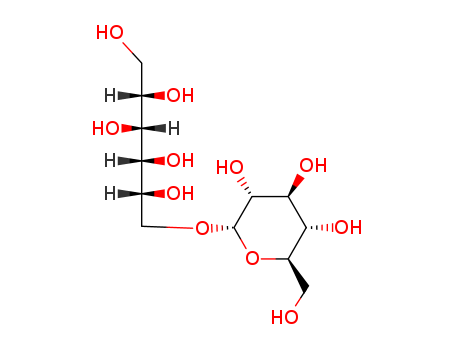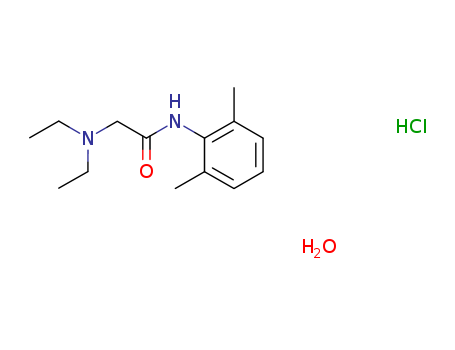
129499-78-1
- Product Name:ASCORBYL GLUCOSIDE
- Molecular Formula:C12H18O11
- Purity:99%
- Molecular Weight:338.268
Product Details;
CasNo: 129499-78-1
Molecular Formula: C12H18O11
Top Purity ASCORBYL GLUCOSIDE 129499-78-1 Good Manufacturer with Competitive Price
- Molecular Formula:C12H18O11
- Molecular Weight:338.268
- Vapor Pressure:8.94E-24mmHg at 25°C
- Melting Point:158-163℃
- Refractive Index:1.67
- Boiling Point:717.451 °C at 760 mmHg
- PKA:3.38±0.10(Predicted)
- Flash Point:271.813 °C
- PSA:186.37000
- Density:1.835 g/cm3
- LogP:-4.14890
ASCORBYL GLUCOSIDE(Cas 129499-78-1) Usage
|
Description |
Ascorbyl glucoside is a natural active substance containing a structure similar to Vitamin C (ascorbic acid) but is more stable.It is considered a stable form of vitamin C (ascorbic acid) and is used to maintain a more prolonged and stable release of vitamin C when absorbed into the skin. |
|
Uses |
Ascorbyl glucoside gradually breaks down into pure ascorbic acid (vitamin C) when properly formulated and absorbed into the skin. This gradual release creates a "reservoir effect" in the skin, providing longer-lasting benefits. Ascorbyl glucoside offers several benefits for the skin, including: Inhibition of melanin formation: It can effectively prevent the formation of melanin in the skin, which is responsible for skin pigmentation. |
InChI:InChI=1/C12H18O11/c13-1-3(15)9-8(19)10(11(20)22-9)23-12-7(18)6(17)5(16)4(2-14)21-12/h3-7,9,12-18,20H,1-2H2/t3-,4+,5+,6-,7+,9+,12+/m0/s1
129499-78-1 Relevant articles
L-Ascorbic acid α-glucoside formed by regioselective transglucosylation with rat intestinal and rice seed α-glucosidases: Its improved stability and structure determination
Yamamoto,Muto,Murakami,Suga,Yamaguchi
, p. 3020 - 3023 (1990)
-
Combining high-performance liquid chromatography with on-line microdialysis sampling for the simultaneous determination of ascorbyl glucoside, kojic acid, and niacinamide in bleaching cosmetics
Cheng-Hui Lin a b, Hsin-Lung Wu b, Yeou-Lih Huang c
, Analytica Chimica Acta Volume 581, Issue 1, 2 January 2007, Pages 102-107
Because of its biological activity, ascorbyl glucoside (AA-2G), a Vitamin C derivative, undergoes conversion to ascorbic acid in a sustained manner over a longer period of time relative to that of magnesium ascorbyl phosphate.
Simultaneous Analysis of Hydroquinone, Arbutin, and Ascorbyl Glucoside Using a Nanocomposite of Ag@AgCl Nanoparticles, Ag2S Nanoparticles, Multiwall Carbon Nanotubes, and Chitosan
Nutthaya Butwong 1,Thidarat Kunawong 1 andJohn H. T. Luong 2
, Nanomaterials 2020, 10(8), 1583;
Chitosan was also formulated in the nanocomposite to stabilize Ag2S nanoparticles and interact strongly with the glucose moiety of arbutin (AR) and ascorbyl glucoside (AA2G), two important ingredients in whitening lotion products.
129499-78-1 Process route
-
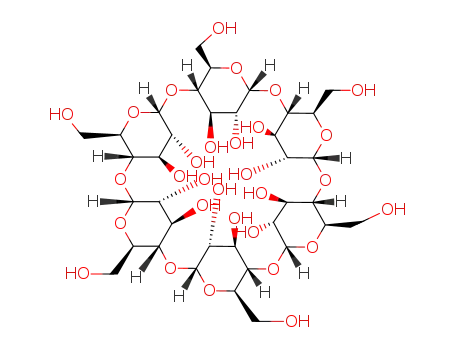
- 10016-20-3
alpha cyclodextrin

-
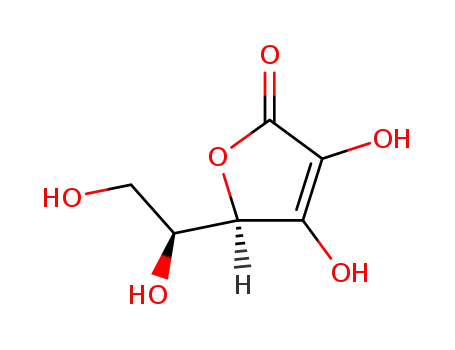
- 50-81-7,98966-42-8
ascorbic acid

-
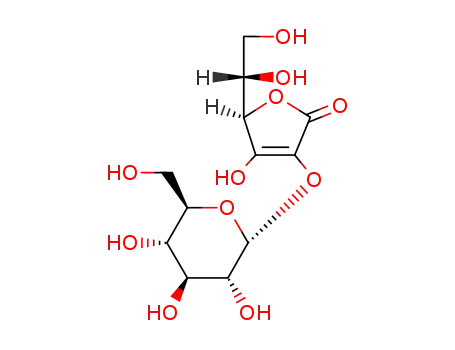
- 129499-78-1,562043-82-7
2-O-α-D-glucopyranosyl L-ascorbate
| Conditions | Yield |
|---|---|
|
at 60 ℃; for 24h; cyclomaltodextrin glucanotransferase, pH 5.5;
|
250 g |
|
With Thermoanaerobacter sp. cyclodextringlucanotransferase; thiourea; In aq. buffer; at 50 ℃; pH=4.5; Temperature; Darkness;
|
-

- 50-81-7,98966-42-8
ascorbic acid

-
dextrin
-
dextrin

-

- 129499-78-1,562043-82-7
2-O-α-D-glucopyranosyl L-ascorbate
| Conditions | Yield |
|---|---|
|
ascorbic acid; dextrin; With Geobacillus stearothermophilus Tc-62 cyclomaltodextrin glucanotransferase; In water; at 55 ℃; for 50h; pH=5.5; Enzymatic reaction;
With glucoamylase GLUCZYM AF6; In water; for 24h; pH=4.5; Reagent/catalyst; Time; Catalytic behavior; Enzymatic reaction;
|
39% |
129499-78-1 Upstream products
-
134-03-2
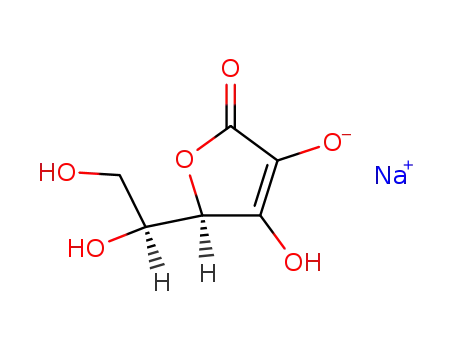
sodium ascorbate
-
10016-20-3

alpha cyclodextrin
-
50-81-7

ascorbic acid
-
7585-39-9
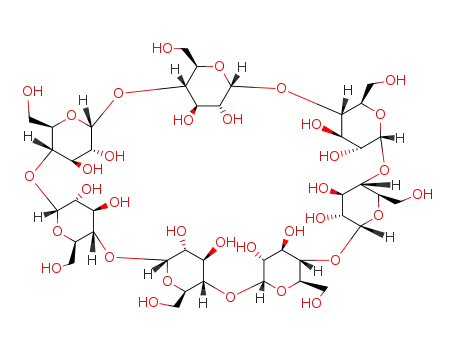
β‐cyclodextrin
Relevant Products
-
Isomaltitol
CAS:534-73-6
-
Linocaine hydrochloride hydrate
CAS:6108-05-0
-
Nicotinamide riboside chloride
CAS:23111-00-4

